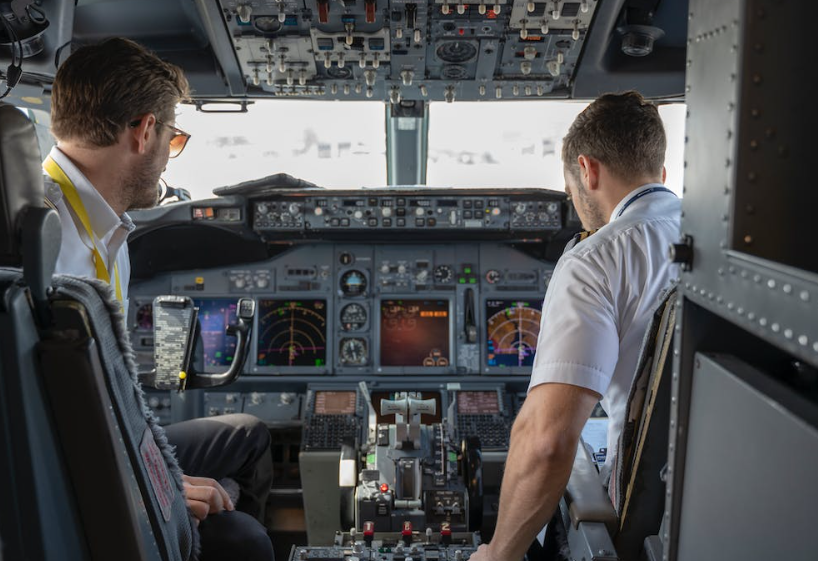
Have you ever gazed up at the skies and marveled at the graceful movement of a helicopter? Ever had the ambition to master an aircraft before? For some, this is a career goal. For others, it’s a passion.
There are many examples year on year of citizens making the leap from thinking about becoming a helicopter pilot to putting those dreams into action.
So why wait any longer? This is an opportunity to guide you through the tangible steps and processes to begin the training phase, taking into account expert advice and industry insights along the journey.
Reflecting on Criteria Eligibility
There are few more exciting adventures than learning to fly helicopters. With this being said, if you don’t meet the criteria to attend a program, it will be a moot point. In Australia, the minimum age to fly solo is 16, to obtain a private licence is 17 and a commercial licence at 18. English proficiency may be necessary. Education and medical accreditation could also be reviewed.
Understanding the Pilot Role
Where to begin? Training programs for prospective helicopter pilots are simply an extension of the role that individuals must perfect. There will be private and commercial licence options. In many regards, these specialists will fly the aircraft for emergency medical purposes, to survey environments for search and rescue missions, and for transportation and law enforcement bodies.
Tracking Training Program Options
Individuals enrolling in a helicopter pilot program are encouraged to research this industry as extensively as possible. It’s the ideal way to start your journey. Identify reputable schools with long histories and great reputations among members. Track instructor qualifications, facilities, resources and connections with various institutions and officials. This is a way to see if their curriculum syncs with your personal goals and pilot objectives.
Attending the Course
Becoming a skilled helicopter pilot is an investment. You will need to be dedicated and professional when attending the course, mixing skills and abilities through ground and flight training assessments. You will need to master topics of meteorology, navigation and aerodynamics. This is before you get hands-on with controlling the helicopter from the central control unit (cockpit), utilising maneuvering techniques and emergency procedures.
Building Experience
No skill can be mastered on the spot. Development courses in helicopter aviation are a chance to build essential experience. Mistakes will be made. It’s a platform to understand the intricacies of navigation, take part in missions and programs while improving the likelihood of becoming employable by various industry outlets.
Networking With Industry Members
Being a certified pilot is not a journey you will embark on alone. From peers going through the same processes to mentors, instructors and other industry professionals, this is a chance to learn valuable insights, prepare for challenges and to navigate the profession with confidence. Build a network of people you can call upon, leaning on their experience and advice moving forward.
Obtaining Your Licence
The final phase is the best part. Once the assessments have been passed and completed, you will receive either a private or commercial licence. This will lead to various opportunities in public and private domains, or simply to handle an aircraft for solo flights. Depending on your personal ambitions, future opportunities will evolve over time.
